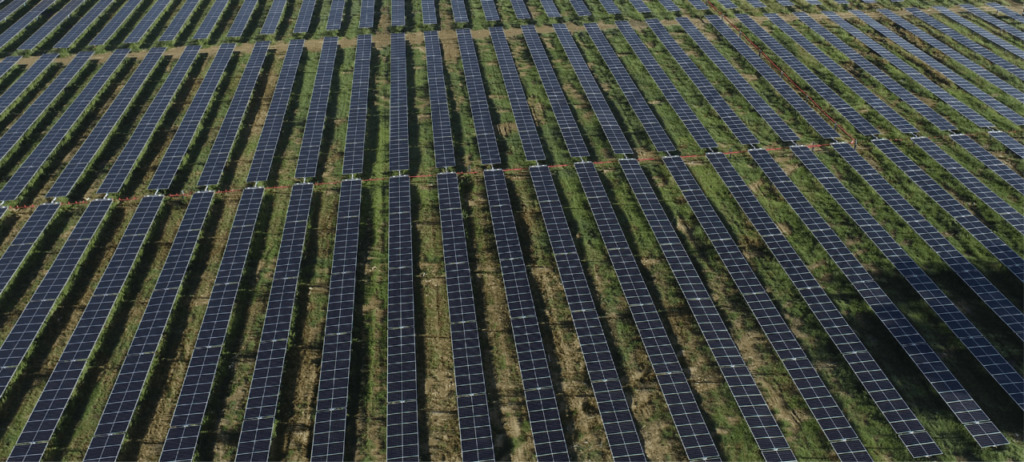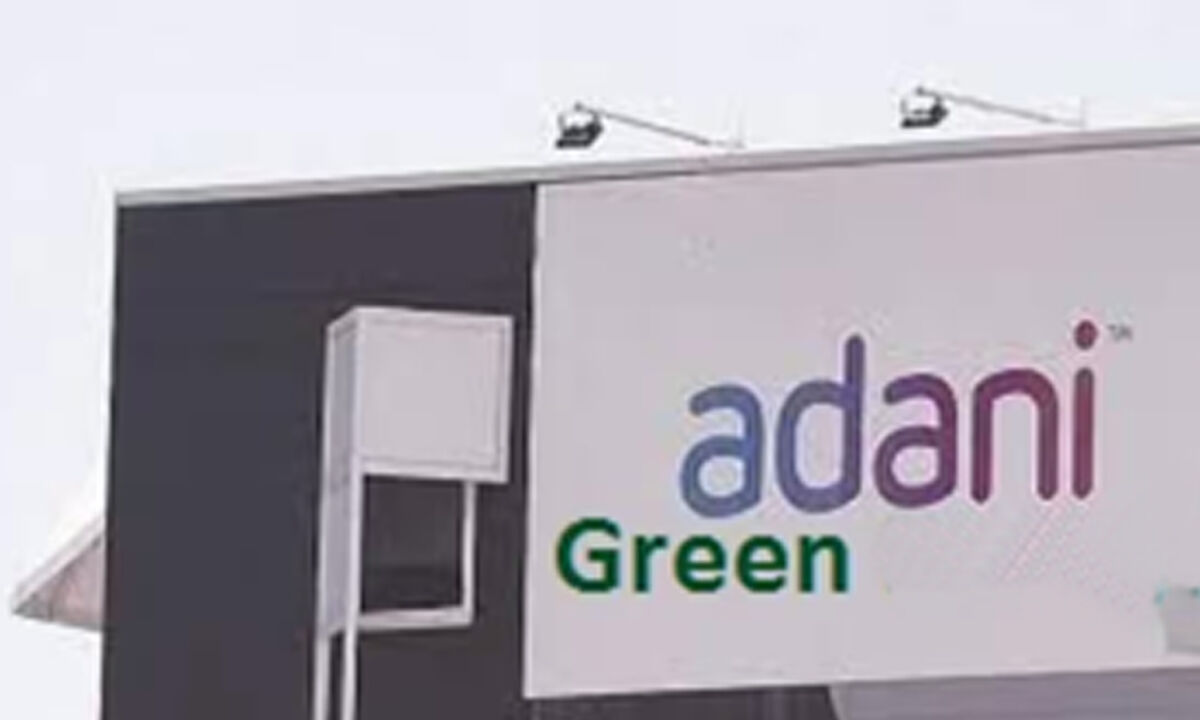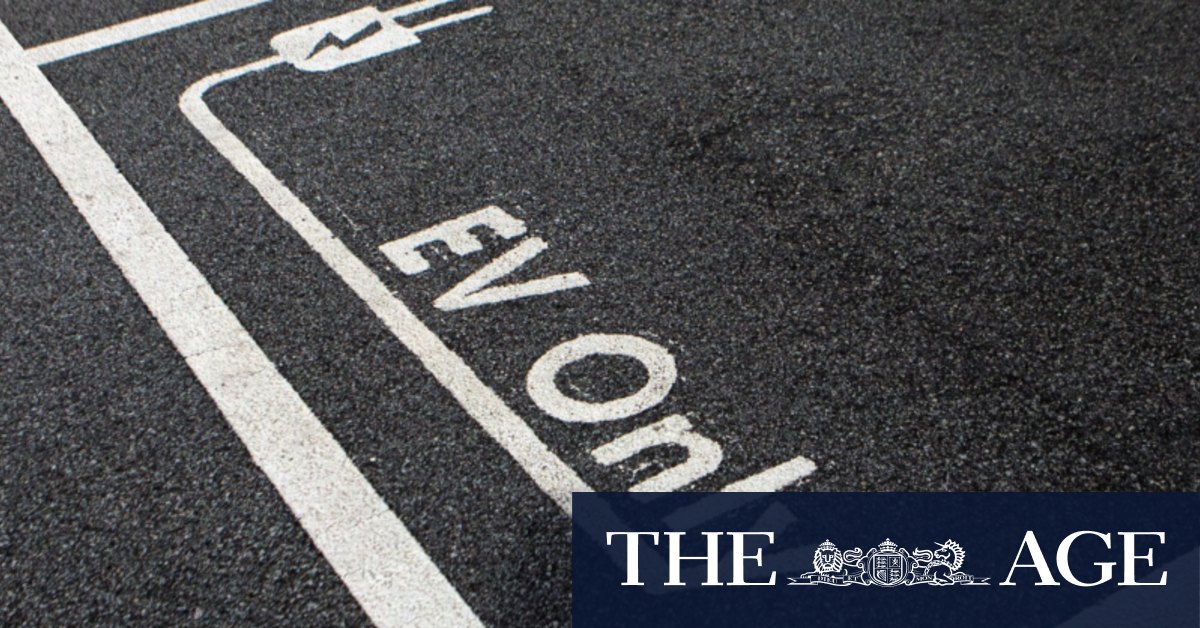In a joint release with the Minister for Climate Change and Energy, The Hon Chris Bowen MP, the 2023-24 GenCost report’s consultation draft affirms that firmed renewables remain the most economical and reliable energy source in Australia up to 2030.
GenCost Collaboration for Energy Insight
GenCost, an annual collaboration between CSIRO (Australia’s national science agency) and the Australian Energy Market Operator (AEMO), emphasizes the cost-effectiveness of firmed renewables, supporting the Albanese Government’s initiative for a more affordable, cleaner, and reliable grid.
Renewables Outshine Coal and Nuclear Economics
The report reveals that utility-scale solar and onshore wind costs, including transmission and storage, are significantly lower—two to seven times—than new coal and small modular nuclear reactors (SMRs). Australia’s abundant renewable resources contribute to this cost advantage.
Government’s Forward-Looking Initiatives
As aging coal-fired power plants retire, the Albanese Government’s strategic plans, such as the expanded Capacity Investment Scheme, Rewiring the Nation, and the Gas Code, pave the way for a cost-effective transition. AEMO’s Integrated System Plan aligns with this vision, endorsing a renewable grid with hydro, batteries, flexible gas, and transmission.
The government’s commitment to expanding the Capacity Investment Scheme and Rewiring the Nation aims to deliver 32GW of new capacity, ensuring a long-term, reliable, affordable, and low-emissions energy system for Australians.
In contrast, the report criticizes the LNP’s past approach, highlighting the lack of plans for coal plant replacements and the current strategy to halt new renewable and transmission development. The Draft GenCost report emphasizes that SMR technology, proposed as a replacement, won’t achieve full operation until at least 2038.
Quotes from the Hon Chris Bowen and the Hon Ed Husic reinforce the government’s dedication to affordable renewables and a secure energy grid. The final GenCost report is set for release in mid-2024, offering comprehensive insights into Australia’s energy landscape.
Source:miragenews.com





